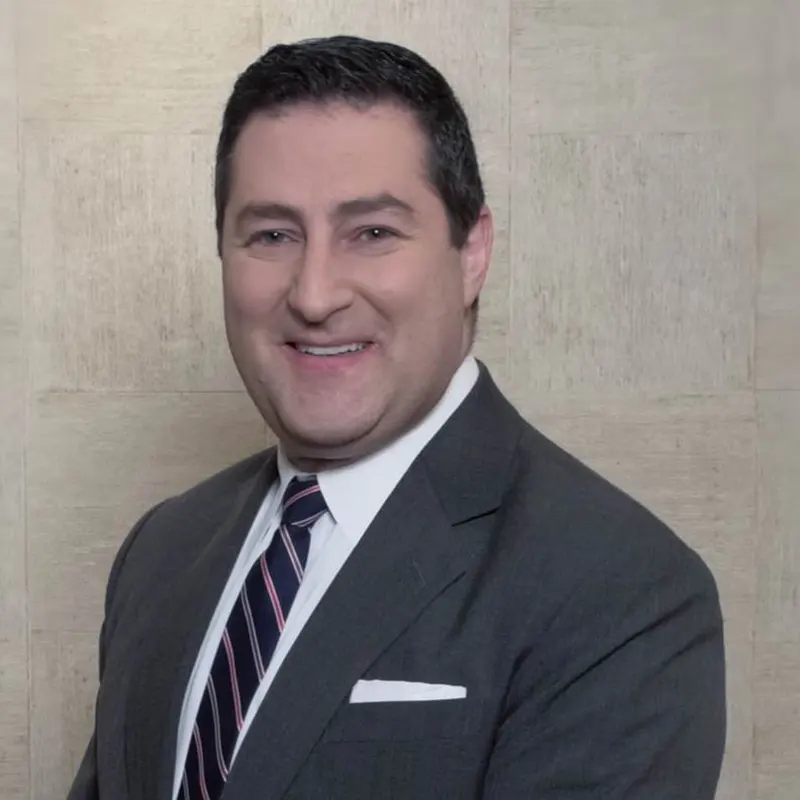

Many Americans have little or no retirement savings. When they retire, the hard, cold reality hits them. They cannot afford to live in the community, where they raised their children. They will have to look for a less expensive place to live. One of the most significant expenses for aging adults is long-term care. If you are looking at different options for where to settle for your golden years, you should explore how long-term care services and supports compare across the United States.
The AARP Public Policy Institute compiles a reference book every year, called “Across the States: Profile of Long-Term Services and Supports.” Over the last 25 years, the book has grown to include thousands of data points and valuable analysis to make sense of the numbers.
The 2018 edition of the AARP reference book contains a wealth of information for people wanting to find a state that offers generous services and support to seniors. You can find information by state about things like:
We do not have a national system that provides Medicaid-funded long-term services and supports (LTSS). Unlike Medicare, Medicaid programs are different in every state. Medicare does not provide long-term care services, so most people rely on Medicaid to pay for some of all of their LTSS. One state might have all the services you need at little or no cost, and a neighboring state might provide much less assistance. Some people improve their quality of life immensely, by moving to a nearby state.
Differences in State LTSS Programs
The 2018 AARP report is 84 pages long, so we cannot cover all the details in this article. Here are a few of the highlights:
You should consider many factors when evaluating where to live when you retire. Get information from multiple sources. Get advice from friends, relatives and social services agencies.
Every state makes its own regulations. Be sure to talk with an elder law attorney near you to find out how your state might differ from the general law of this article.
References:
AARP. “Across the States: Profiles of Long-Term Services and Supports.” (accessed October 31, 2019) https://blog.aarp.org/thinking-policy/across-the-states-profiles-of-long-term-services-and-supports
AARP. “Across the States 2018: Profiles of Long-Term Services and Supports.” (accessed October 31, 2019) https://www.aarp.org/ppi/info-2018/state-long-term-services-supports.html?CMP=RDRCT-PPI-CAREGIVING-082018
The 15 minute initial phone call is designed as a simple way for you to get to know us, and for our team to learn more about your unique estate planning needs.

